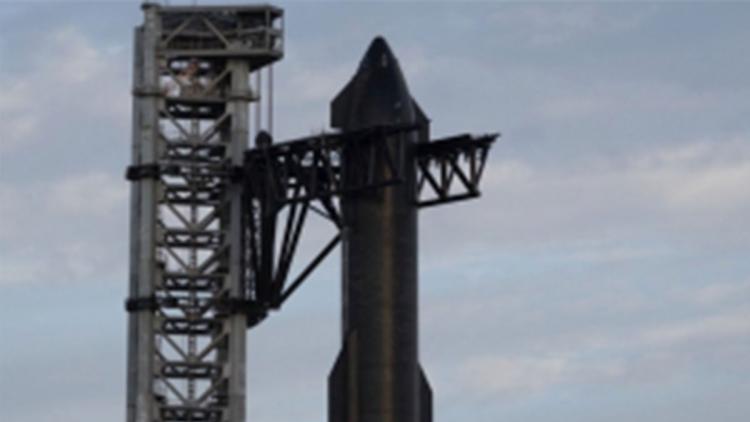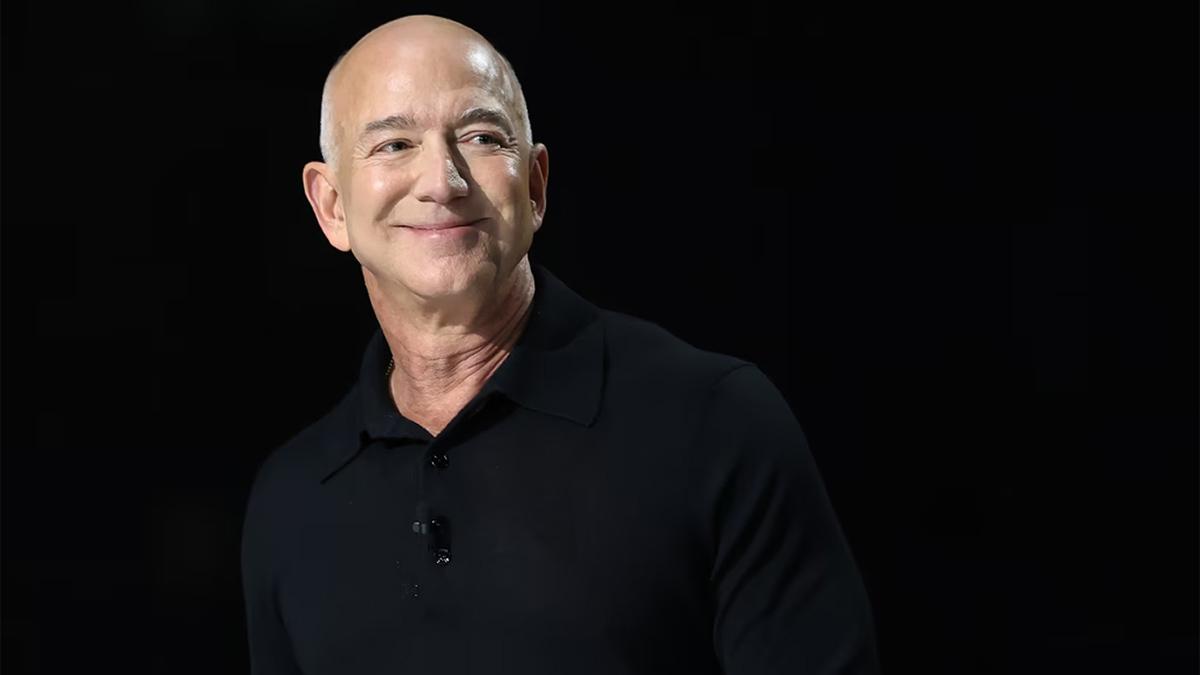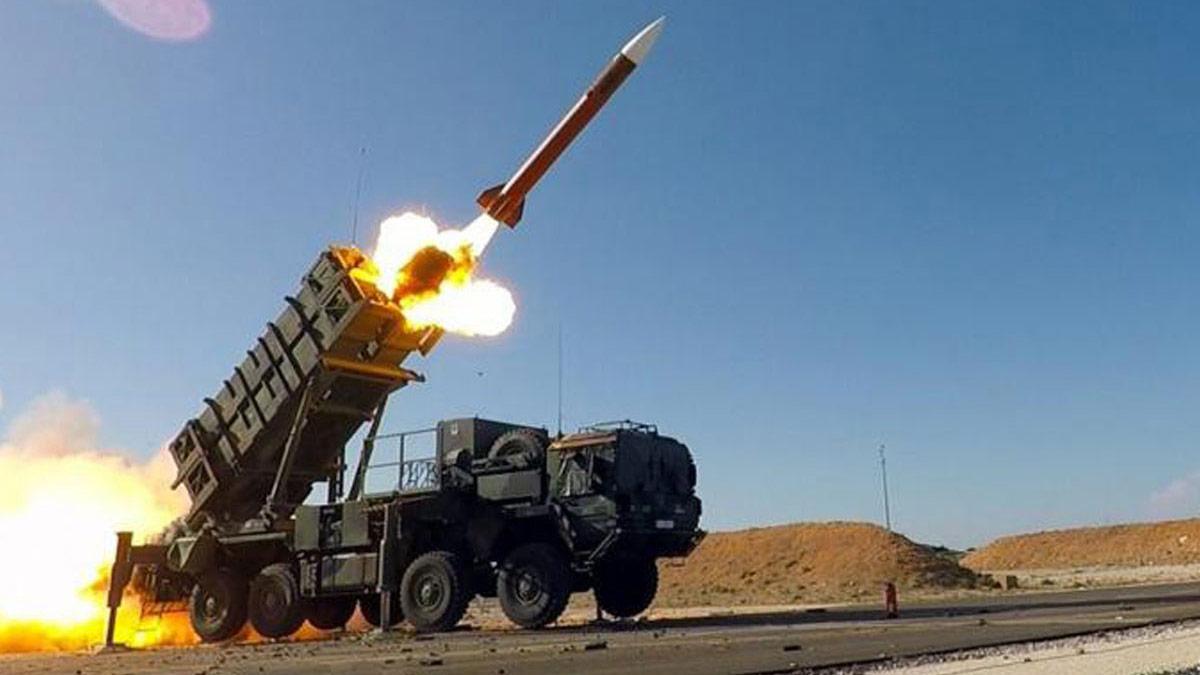Elon Musk, CEO of SpaceX, confirmed that the recent test flight of the Starship did not result in any damage to the launch pad. The successful liftoff of the Starship, powered by all 33 Raptor engines on the Super Heavy Booster, achieved stage separation on Saturday evening, marking a significant milestone.
However, post-stage separation, the booster encountered a rapid unscheduled disassembly, while the Starship's engines fired for several minutes on its journey into space, as reported by SpaceX.
Earlier tests in April had seen the integrated Starship and Super Heavy rocket causing damage to the launchpad shortly after liftoff, scattering debris across approximately 20 acres beyond the anticipated area outlined by federal regulators.
In response, SpaceX implemented "several upgrades," including the installation of a water-spewing steel plate beneath the pad. Musk affirmed that this modification successfully averted damage to the Starship launch pad, eliminating the necessity for further alterations before the subsequent launch.
Musk expressed contentment with the pad's condition, stating, "Just inspected the Starship launch pad and it is in great condition! No refurbishment needed to the water-cooled steel plate for next launch," in a post on X.
The Starship launch, however, prompted a fresh investigation by the US Federal Aviation Administration (FAA) regarding the booster explosion. The FAA confirmed the occurrence of the mishap during the SpaceX Starship OFT-2 launch from Boca Chica, Texas, emphasizing the absence of injuries or damage to public property.
The FAA announced its oversight of the SpaceX-led mishap investigation to ensure compliance with the FAA-approved plan and other regulatory requisites.
Despite the setback, Musk remains optimistic, mentioning that the next Starship flight is anticipated before Christmas. He highlighted the readiness of Starship Flight 3 hardware within three to four weeks and identified three ships in their final production phase within the high bay.
Standing at a towering 394 feet tall with a diameter of around 30 feet, the fully-integrated Starship and Super Heavy rocket represent SpaceX's ambition to create a fully reusable transportation system. This system aims to ferry both crew and cargo to Earth orbit, aid in humanity's lunar return, and pave the way for future missions to Mars and beyond.
(With Agency Inputs)
ALSO READ | SpaceX aims for 12 launches a month as it eyes satellite-based phone service
ALSO READ | Israel in talks with SpaceX to roll out Starlink internet services: Minister


















